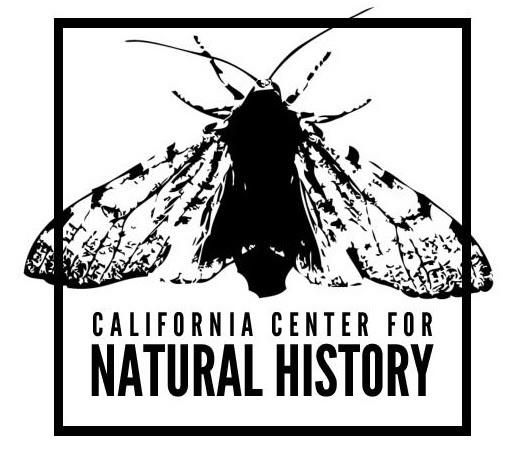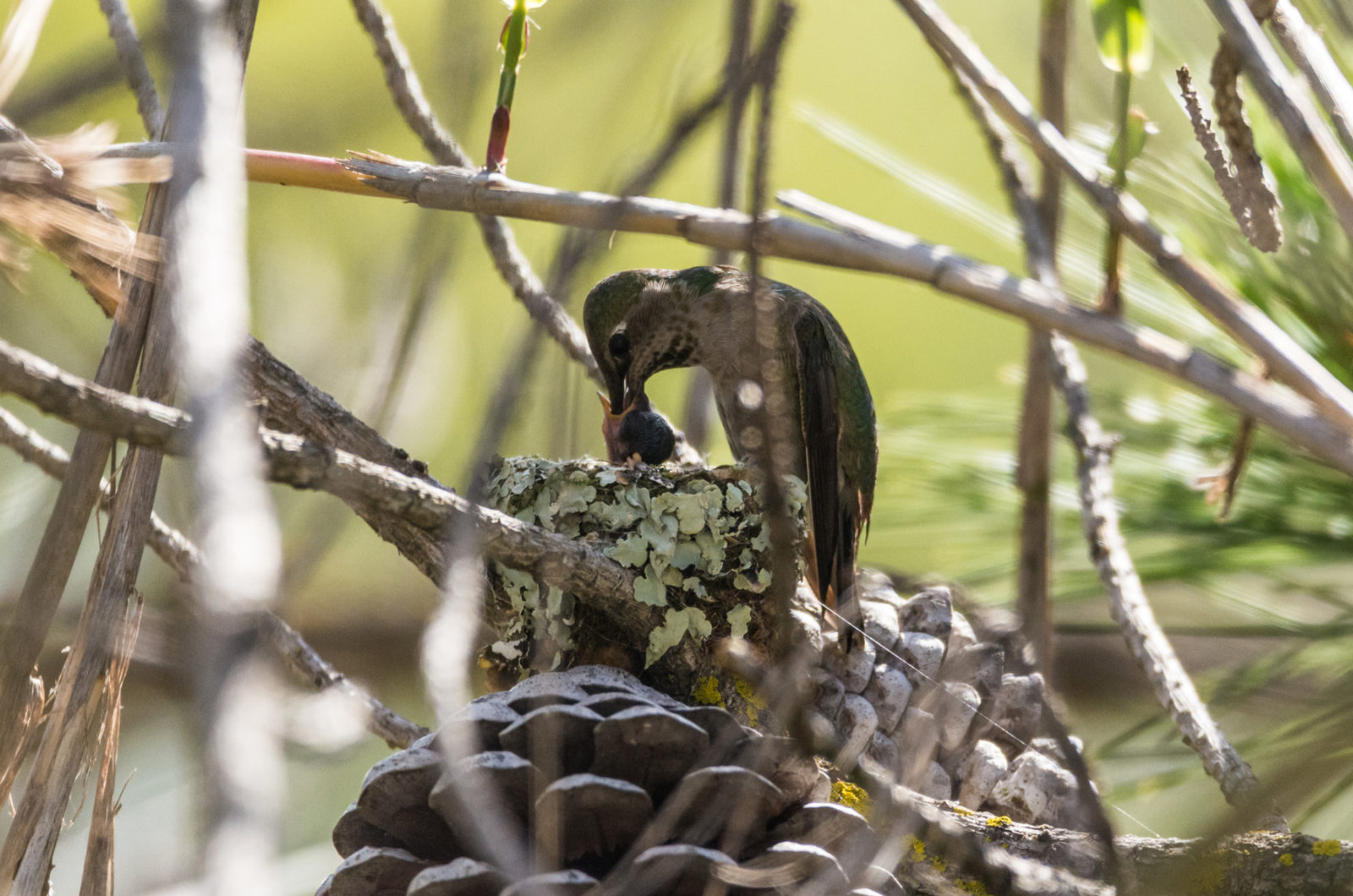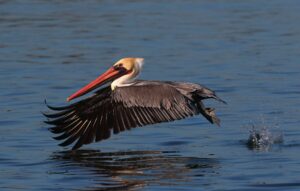Two hummingbird babies fledged the nest a week ago. Eight days later they are back in the same tree, and I observed the mom feeding them. How long do they continue to be fed out of the nest? -Cynthia Bradley, Bonsall
Young hummingbirds get fed by their mother many times per day, anywhere from 10 days to 2 weeks once they have left or fledged their nest, according to a 1973 paper by ornithologist F. G. Stiles. There is a steep learning curve for these vulnerable, young hummingbirds, and during this approximate fortnight period their mother keeps a watchful eye on them. She not only maintains their diet and shows them how to forage independently, but she will also chase away potential threats, like a jay, crow or even squirrel.
Perhaps surprisingly, a hummingbird’s diet is not exclusively nectar from flowers or a feeder, but includes protein-rich small spiders and tiny insects like midges or fruit flies. When females feed their young as both nestlings and fledglings, she inserts her long bill into a part of their esophagus known as a crop and passes to them a mixture that includes both nectar and insects. Stiles noted that young fledges learn to capture tiny flying insects before they learn to successfully locate nectar, and have been sighted at feeders at around 10 days post-fledging.
When it comes to hummingbirds, males and females are non monogamous. It is the female that is involved exclusively in the nest making and rearing of her young. The male’s involvement is only to fertilize the eggs. Female hummingbirds can make 2-3 clutches a season, and it is not unusual for her to still be feeding her current fledglings and have already begun making a new nest for the following clutch. As the female readies for the next round, hummingbirds are known to steal nesting material from either their own or other bird’s nests. She can even reuse or build upon a previous nest.
In the San Francisco Bay Area, the two species of hummingbirds that breed locally are the Anna’s hummingbird and the Allen’s hummingbird. The medium-size 4-inch Anna’s is a year-round resident that breeds from December through May, and the smaller 3-to -3.5-inch Allen’s spends the winter in central Mexico, migrates into the area in February, and begins to breed by mid-February through late into June.
Beyond the size difference between the Anna’s and Allen’s Hummingbirds, their plumage varies too. Adult male Anna’s have a bright pink throat or gorget and Allen’s have a coppery-orange gorget. Both species have similar bright green feathers on their back. Adult females of both species are more muted, with just a smattering of either a pink or copper gorget. Fledgling’s juvenile plumage can be spotted between March and July, but it can be a challenge to make the distinction from that of an adult female regardless of the juvenile’s sex. It’s not until later in the summer when juveniles molt that they show sexual dimorphism in their plumage, and the males and females become more obvious from one other.
I personally have not been in the right place at the right time to witness a mother hummingbird feed her young fledges, unfortunately. I do, however, have an inkling of the magic that must be experienced by witnessing such a special sight. One of the first hummingbird nests I ever found was as I was walking down the driveway at home and a female Anna’s zipped by my ear carrying a long strand of cotton. I followed her around the corner and watched the tree I guessed she was in, and after a number of covert moments, I quietly walked under the tree and there, 6 feet off the ground, was a lovely hidden nest made of spiderwebs and lichen and the piece of cotton she had just added. I felt like I was sharing a secret with her, and it made me love birds even more than I already did.

Ask the Naturalist is a reader-funded bimonthly column with the California Center for Natural History that answers your questions about the natural world of the San Francisco Bay Area. Have a question for the naturalist? Fill out our question form or email us at atn at baynature.org!





